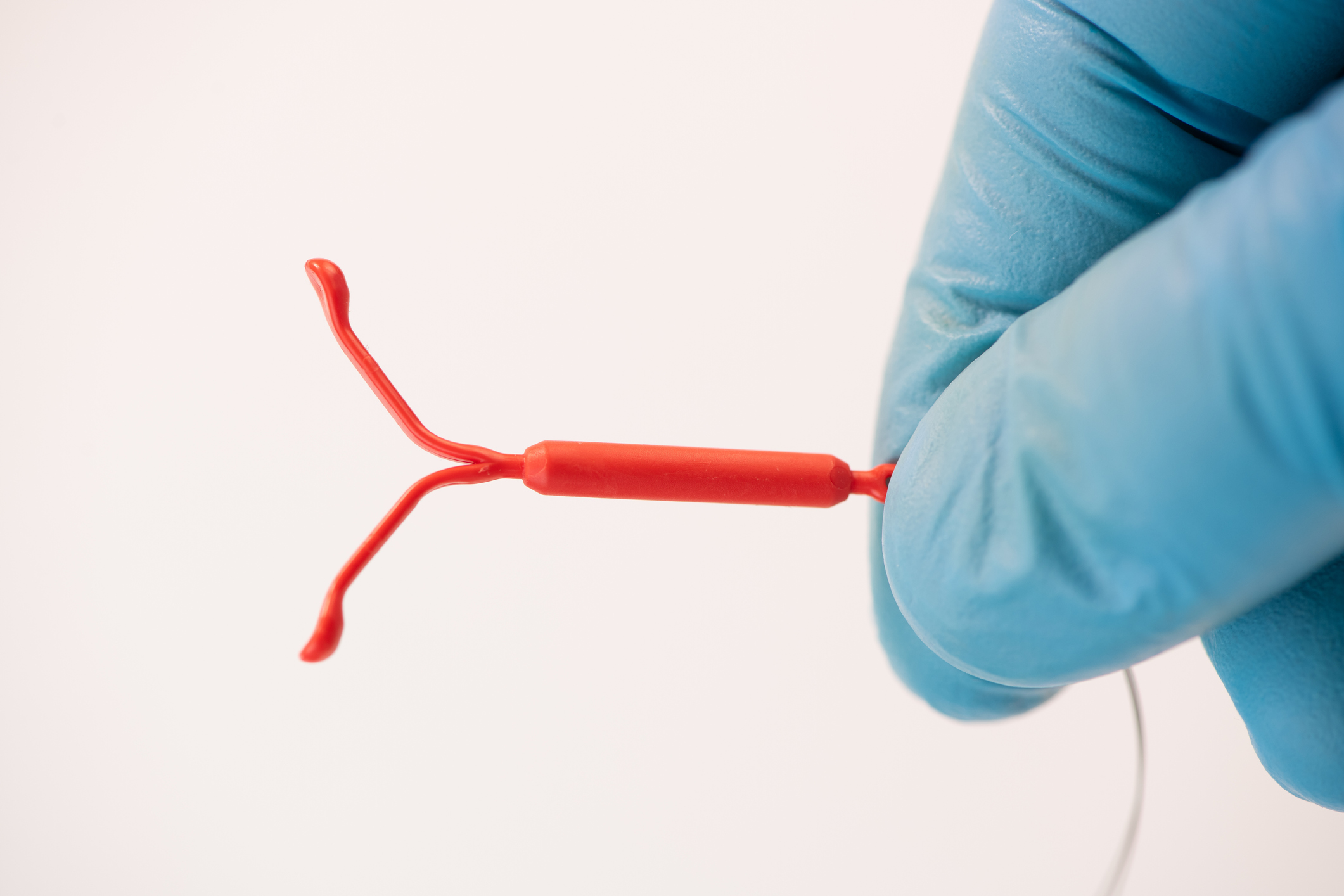I’m prone to urinary tract infections, but getting tested in a doctor’s office isn’t always convenient. Is a home UTI test a reasonable alternative?
Over-the-counter kits that test for urinary tract infections (UTIs) are easy to use and even less expensive than a typical copay at a doctor’s office. They can be an option for detecting UTIs in the bladder (acute cystitis), though there are questions about their accuracy and what you should do with the findings if you get a negative result but still are experiencing symptoms.
UTIs, one of the most common infections in the U.S., spike in sexually active younger women, but their prevalence also increases with age, occurring in about 20 percent of women over 65, compared with 11 percent in the general population. It’s estimated that 50 to 60 percent of American women will experience at least one UTI in her lifetime. UTIs are less common in men.
UTIs occur when bacteria get into the urinary tract through the urethra and proliferate in the bladder, eventually causing symptoms. Painful—not to mention plain annoying—UTIs can cause serious problems if they spread, for example, to the kidneys. This could lead to sepsis, a life-threatening complication of infection.
Women are more prone to UTIs because of the female anatomy (having a shorter urethra makes it easier for bacteria to reach the bladder). Frequent sexual activity, use of a diaphragm and spermicidal agents as birth control, and being postmenopausal also increase susceptibility, as does improper wiping after going to the bathroom (wiping from back to front instead of front to back). Other risk factors include urinary tract blockages (such as from kidney stones or, in males, an enlarged prostate), a suppressed immune system, catheter use, and urinary procedures (such as a cystoscopy, which uses a small instrument to look inside the urinary tract).
Since you’ve had these infections before, you’re likely all too familiar with the symptoms: a burning sensation, an intense urge to urinate frequently (often with a low urine output), pain while urinating, pain in the lower abdomen, and urine that may be cloudy, tinged pink (a sign of blood in the urine), or foul smelling.
The gold standard for diagnosing a UTI involves a trained technician doing a lab analysis of a urine sample collected in a doctor’s office to look for white blood cells, red blood cells, and bacteria, along with a dipstick test (a test strip dipped in urine) to detect, among other things, white blood cells known as leukocytes and nitrites indicative of a UTI. If these tests are positive, your doctor will usually order a urine culture to identify the specific bacteria responsible for the infection to determine which antibiotic treatment will be most effective.
Like the dipstick test used in the doctor’s office, home UTI tests look for leukocytes and nitrites; some check pH levels (certain bacteria proliferate in an alkaline environment). In general, the instructions on home tests say to cleanse the genital area with a sanitary wipe before putting the test strip in your urine stream. Then, after waiting a few minutes, you compare the color of the strip to a set of provided colors, or color blocks.
Home UTI tests can be useful in some situations, especially if you get recurring UTIs and thus are familiar enough with the symptoms and have an ongoing relationship with a doctor who has treated you before. And, depending on where you live, you may be able to do a home test quicker than going to the doctor’s office. Getting a positive result might also encourage some people to see a doctor sooner than they would otherwise. In addition, home tests can be used to monitor response to treatment, to see if you have cleared the infection.
But home tests do have limitations. For instance, they may not detect all the types of bacteria that can cause a UTI. Also, some drugs and dietary supplements might change the color of your urine, making it difficult to compare it with the color blocks, or they might cause a false negative result (meaning that the test fails to detect an actual infection). Being dehydrated or overhydrated can affect results, too.
Another limitation can be how well you collect the urine sample. “There has to be some accuracy to the collection before you do the test, and patients are not trained technicians,” says Joel Piser, M.D., a urology specialist in Berkeley, California, and a member of our editorial board. “Getting a clean, uncontaminated specimen can be a challenge even in the doctor’s office,” he adds.
Then there is the matter of what to do with your results. If they are positive, you’ll need to follow up with your doctor to confirm the diagnosis, determine what type of bacteria is causing the infection, and get treatment. While a negative test can be reassuring, a false negative can be problematic if it delays treatment.
BOTTOM LINE: While home tests are convenient and can save time and money in the short term, you will most likely still have to check in with your doctor and possibly still go to the office—either to confirm the diagnosis with more testing and to get the right antibiotic medicine (if the results are positive) or to see what else is causing the symptoms (if the test is negative). If you get a negative result on a home test but continue to have symptoms, it’s especially important to contact your doctor. In particular, see your doctor if you detect blood in your urine as there can be other causes of that besides a UTI.





